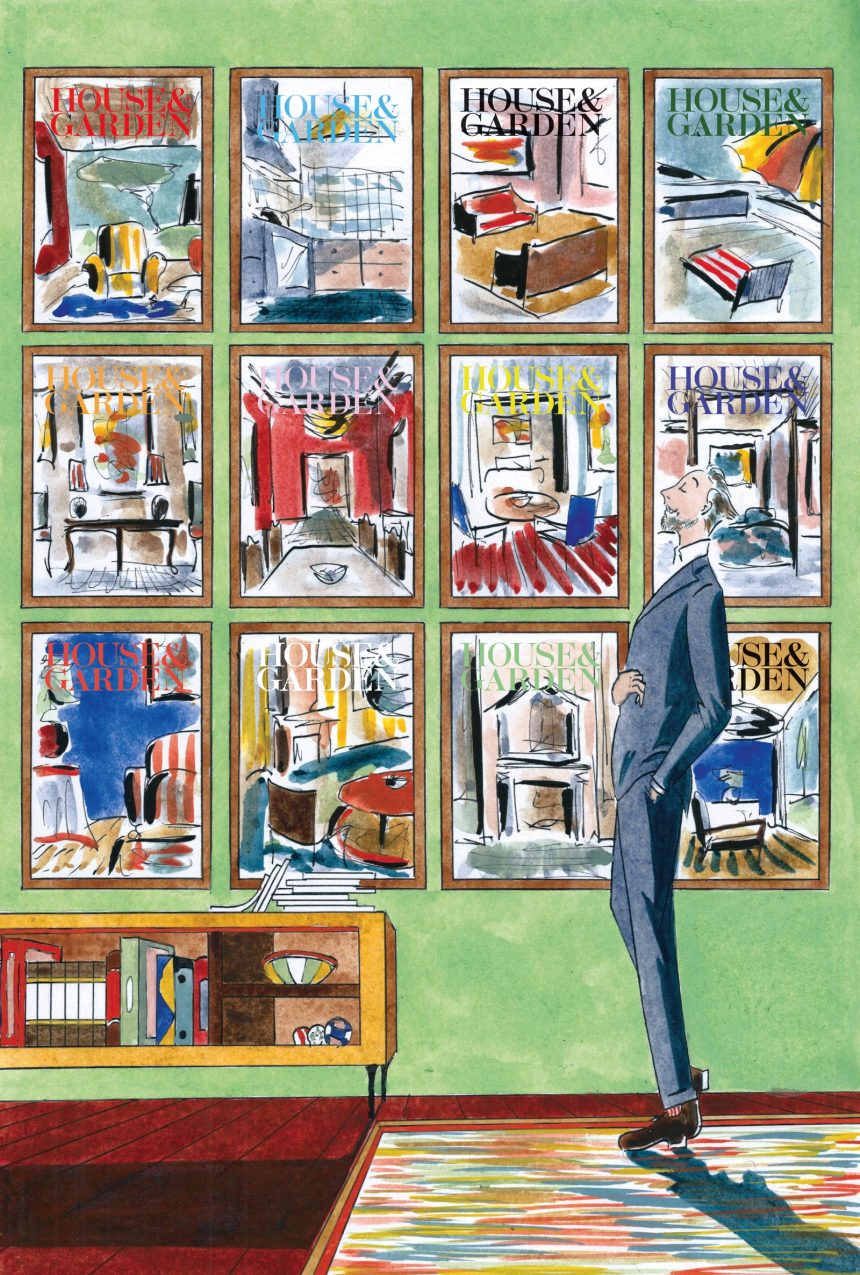Alexis Bruchon
Every once in a while, I’ll pick a volume from the House & Garden archive and spend an hour poring over what our predecessors were covering in 1954 (August: foreign ideas for kitchens), or 1977 (July: shopping in Tunbridge Wells), or 1993 (January: English Heritage vs the National Trust). The magazine has always been a bell-wether of the style and tastes of this nation: a record of how we live.
Not long ago, my hand stopped at the January 2000 issue, in which the art critic Stephen Calloway gave his take on the most influential designers and decorators of the 20th century. He would have felt confident including Nancy Lancaster and Geoffrey Bennison, whose greatness had been confirmed decades earlier. But he took more of a punt listing Tom Dixon and Mattia Bonetti, the two youngest names on the list (then aged 40 and 47 respectively). They were stars at the time, but their longevity and their enduring influence were hardly a given. Maybe it’s too soon to know for sure. In the same way that I now hold my mobile phone at arm’s length to see it a little more clearly, the passage of time can create a distance that allows for greater scrutiny.
When we think about design and decoration in the early 20th century, for example, we have an idea of what things looked like. It’s as if 100 years of reflection has formed a collective memory of the shape and feel and the protagonists – and also what inspired them. Today, we can better understand how art deco was influenced by the Jazz Age and the rise of industrialisation, and reflect on whether modernism achieved its progressive, utopian objectives. It’s 25 years since Stephen’s article was published and it makes me wonder how future generations might view the first quarter of the 21st century. Once that period is viewed at arm’s length, what will they consider our art nouveau and whom our David Hicks?
Context may give them some clues. Because our homes are inextricably linked to the broader cultural and (like it or not) political landscape. Just ask anyone who is affected by the housing crisis or Trussonomic mortgage rate hikes, or living beside newly designated Grey Belt sites. The houses featured in House & Garden started to get more colourful around 2010. In the future, will that be seen as a response to the financial crisis two years earlier? It was certainly a turning point, when we started to see much more pattern and fewer neutral, ‘hotel-chic’ interiors.
Was this the beginning of the persistent push-pull along the spectrum of minimalism and maximalism that has been playing out over the past couple of decades? Let’s hope the nuances and gradations survive the passage of time. Kelly Hoppen and Rose Uniacke express ‘less is more’ in such different ways; Martin Brudnizki and Kit Kemp are two arch-maximalists, but not in the same way. None is likely to slip into obscurity, but the critics of the future would be remiss to lump these pairings together.









